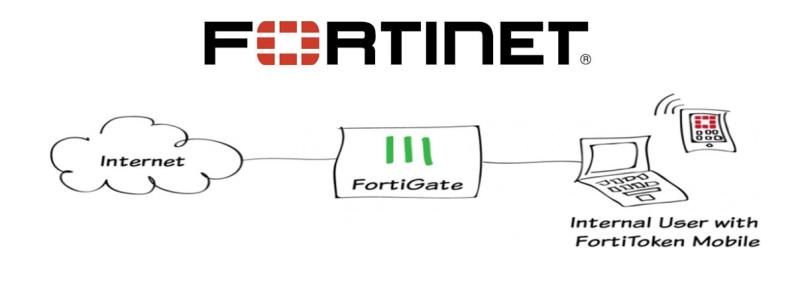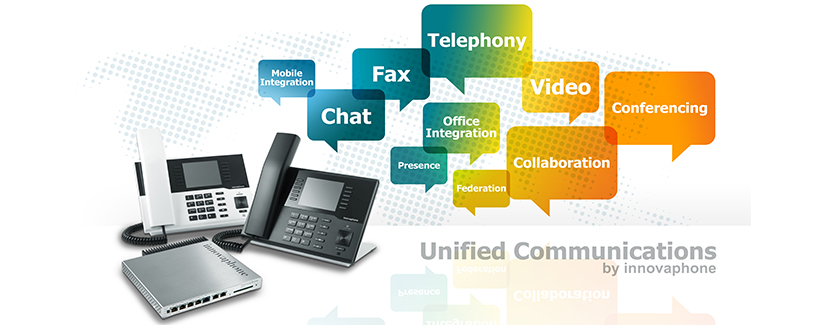By Hazel Burton Welcome to the first ever episode of Security Stories! Security Stories is a brand new podcast from the Cisco Security team in which we discuss the past, present and future of cybersecurity.
The podcast is mainly interview based, and we have some absolutely amazing people lined up to share their security stories over the coming episodes (we’ll have a new one for you every two weeks). From how they lead their teams, to how various experiences have shaped them, our guests don’t hold anything back! So if you want to get the inside track on what it takes to be a security leader today, you’ve come to the right place.
Episode 1: From the battle to the boardroom: Mick Jenkins OBE
Mick Jenkins, CISO for Brunel University London
Our guest interview today is Mick Jenkins, OBE. Mick spent many years in the military in counterterrorism and bomb disposal, he is a published author of several spy novels which touch on his military experiences, and he’s also the CISO of Brunel University London. He faced some tough challenges when he first took on that role, but with strong leadership and a very talented team, he came up with some very innovative and impactful solutions which he talks openly about during our chat.
As you’ll soon learn from the interview, Mick is an incredibly interesting person. We initially talked about his mountaineering adventures and how he got lost in Snowdonia as a teenager, and how this shaped his perceptions of risk and leadership.
On leadership:
“It’s all about providing a vision and a narrative that people can buy into. Whether I was in the military or now as a CISO, I watch leaders, and a common thread amongst the best ones is a real sense of positivity, energy, and a can do attitude: ‘This is going to happen.” But they also have an open sense of honesty, reality and empathy. For example one of the best leaders I ever saw was always honest with his team and would say “You know what guys? This is going to be painful. We’re going to have to hold on to the handle for a bit. But we will come through it, we will succeed, and we will win.” Success for me all comes down to the leadership and the teamwork. And that’s true no matter what industry you’re in.”
On building partnerships:
“I was clear that I couldn’t do it by myself. We needed two or three strategic partners or, as I call them, my critical friends. They’re the ones who sit over my shoulder and tap me from time to time and say, “Well, that can’t actually be done Mick. We need to do it this way”. I think that blend of critical friendship, strategic partnership and building a strong internal team helped me with my vision. Leaders always need to be challenged. I was always encouraged to challenge the boss, to never be afraid to do so, and to offer an option that was different to theirs. That was certainly ingrained into us as military officers and it’s something that I’ve always been careful to make sure the team can feel they can do with me. So it’s an up and down cascade of ideas because I’m high level. I’m strategic. My team are subject matter experts and they’ve been brilliant at engaging me in the conversation so that we get to our goal together.”
About the podcast
Why the title ‘Security Stories‘? Good question! There’s a story behind that…
We’re going to go back to when I was 21 (a long, long time ago…) and, fresh faced out of University, my first job as a graduate was to help establish a new campaign called ‘If we can, you can‘. It was all about encouraging more people who had an idea of a business, to be inspired to take this forward, and become an entrepreneur.
The philosophy behind ‘If we can, you can‘ is that by sharing the stories of existing entrepreneurs, you would feel part of the community. They will take a lot away from learning how others overcame challenges, what mistakes are commonly made, and how it really feels to grow a business from the ground up.
So, I got in my car and drove all around the North East of England (where I still live), with my video camera, and I sat down with hundreds of entrepreneurs. They talked to me about that ‘defining moment‘ that inspired them to bite the bullet, how they balanced risk, how they scaled and grew their idea, how they hired their first employee…and much much more.
The stories were often raw, often emotional, and always honest and open. They shared their stories with me because being an entrepreneur is no walk in the park. There are as many tough times as there are amazing times. So they wanted to share their experiences with me because those stories and insights might help someone who is going through the exact same challenges.
I started working in the Security industry about 10 years ago, and what has struck me most is how tough an industry this can be. We have one of the highest rates of burnout and fatigue, and people’s jobs are constantly on the line. However, it’s also one of the most fun and interesting industries to be part of, where innovations and new ideas can make a huge amount of difference to the world we live in.
Therefore the principle of ‘If we can, you can‘ very much applies to this podcast. If other security leaders can do it, so can you. And Security Stories is about sharing exactly how they’re doing it…
What’s in each episode?
As well as interviews, we have some regular features as well. ‘Threat of the month‘ is where we discuss a growing cyber threat and what organizations can do about it. In the first episode, we talk about Industrial IoT and this discussion is led by my co-host and Cisco security intelligence expert, Ben Nahorney.
And we also have a little bit of cybersecurity trivia for you in our ‘On this day‘ feature. This is where we talk about significant events in cybersecurity history which will guarantee that you will win any pub quiz out there, as long as it’s very niche.
And the 16th March just so happens to be a very significant date in security history, but you’ll have to listen to the podcast to find out what we’re talking about!
You can listen on Apple Podcasts, Google Podcasts, Spotify and Stitcher. Or you can listen right now!
After you’ve listened to the first episode (and hopefully you enjoyed it!) please do subscribe. We are releasing new episodes every two weeks, and our next guest will be Wendy Nather, Head of Advisory CISOs at Cisco Duo.
Just to give you a preview of that interview, I asked her what is the one thing she wishes could change in Security. Her response starts with ‘I’m going to come up something really radical, are you holding onto your seat?”
Thanks for listening, we’ll see you next time on the Security Stories podcast.
The post Launching today: Security Stories podcast appeared first on Cisco Blogs.
Source:: Cisco Security Notice










